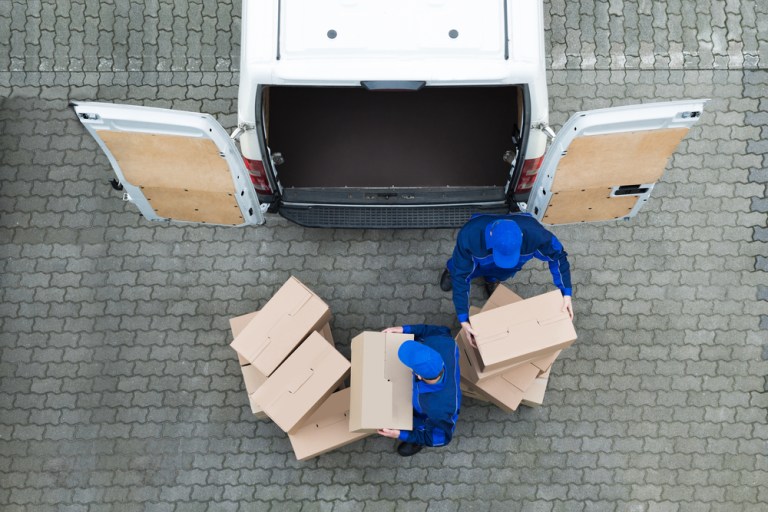
The lock, modernized? The package thief, thwarted as a result? The last mile, for all its logistics, for all its twists and turns across modes of transport and tech, all comes down to the last few feet. And the last few feet remain anything but secure amid traditional delivery methods. The porch, the gateway to home and hearth, is an inviting target for bad actors of decidedly low tech means: Simply swipe the package and stroll off or drive away.
To protect deliveries, then, enter the smart lock — the lock affixed to a container, which opens only for trusted parties, including the delivery person and the recipient. In an age of home delivery, BoxLock offers internet-enabled, “smart padlocks” and seeks to bring security to the last moment of delivery.
In an interview with PYMNTS, Founder Brad Ruffkess said that roughly 30 percent of Americans have been victims of package theft, a hefty number when you consider that as many as 10 billion packages were delivered in the U.S. last year.
Therein lies a niche, said Ruffkess, who stated in reference to other locker firms that “lockers are a great solution for the 20 million residents of large multi-dwelling units in the U.S. or those who are open to the inconvenience of picking their packages up somewhere else.” But against that backdrop, he said, BoxLock is ideal for the 75 million U.S. single family homes and small businesses (SMBs) that prefer the convenience of having their packages waiting for them securely at their home or office.
Discussing the obvious juggernaut in commerce and delivery, Ruffkess said that “Amazon Key is a great single carrier solution for Amazon deliveries. Many people have expressed reservations on giving that level of access to their home or car. There’s also no guarantee on how your Amazon order will be delivered. You can place an Amazon Prime order that’s delivered via UPS, FedEx or USPS and it will still be waiting outside your door.”
Thus, home delivery, secure via tech. As far as the premise goes, BoxLock leverages the internet to confirm that the package is indeed slated for the owner of the lock. Ruffkess told PYMNTS the internet is a conduit for “real time” security that would be unavailable by other means — through Wi-Fi-enabled padlocks.
He said, “The Wi-Fi lock is more secure than locks that require the use of an app, or that store passcodes offline, because the user can update who and what package has access in real time, regardless of where they are. Each and every time a barcode is scanned, the lock connects to the internet to determine whether or not the lock should open.”
Ruffkess said that the firm’s Effortless Tracking solution automatically collects tracking numbers for anything delivered to a household from the major carriers.
“When a package is scanned, we then check to make sure that the package is in their package list and that it’s currently ‘out for delivery’ by the carrier,” he said, adding that “USPS Informed Delivery, FedEx Delivery Manager and UPS My Choice take care of the heavy lifting for us of ensuring the package is for that household.”
The company deploys a logistics solution that pushes notifications to both end customers and the carrier that the delivery has been completed. BoxLock offers a mobile app on iOS and Android that lets the user choose from emails, texts or app notifications.
“If the user gets into a dispute with the carrier over where something was placed,” the executive told PYMNTS, “they’ll have the access logs for their lock.”
Benefits accrue to the carriers — as such a system can help carriers avoid redeliveries, which adds on to operating costs — and speeds the deliveries themselves to seconds, versus waiting minutes at the door to see if someone is home.
One bit of hardware consideration: the containers themselves, which help eliminate the porch part of the “porch pirate” equation. Ruffkess said his company is partnering with other firms that make storage containers as part of a “works with BoxLock” line that are certified to work with BoxLock, and slated to be available this summer.
As for further expansion, Ruffkess said that “right now, we’re focused on our U.S. roll-out. We’re actively discussing our international rollout plans with several large national posts, but want to make sure we get things scaled at home first.”